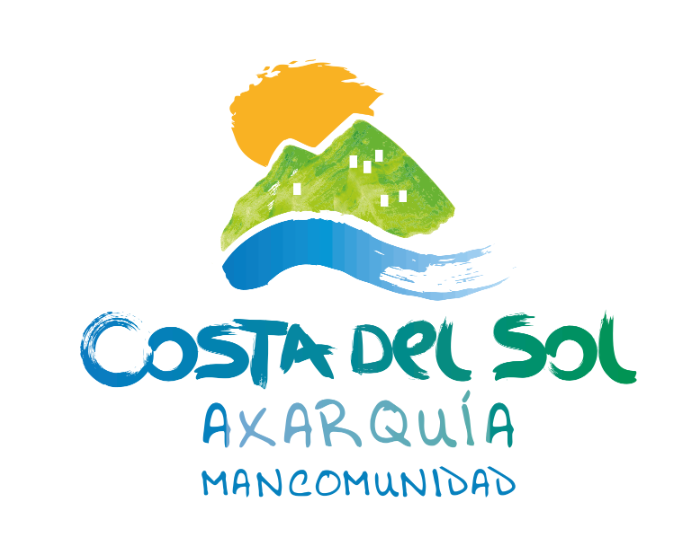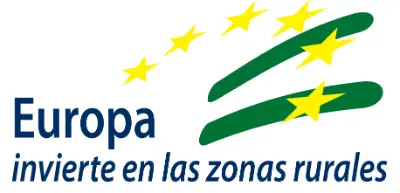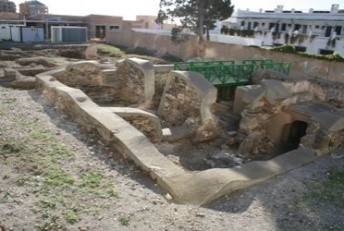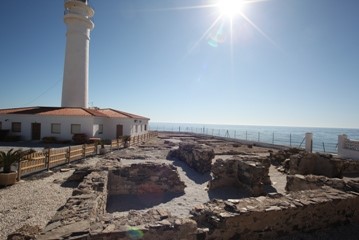In this municipality we find the Factory-Necropolis.
Next to the villa was an industrial facility dating from the 1st century AD, from which several basins covered with waterproofing material have been found, belonging to a factory dedicated to the production of salted fish and garum. The factory was later used as a burial site. The remains from Torrox demonstrate how a factory could have been reused as a necropolis. In addition, the bodies and remains found provide information about the Roman burial system.
The Roman BathsThey are square in plan, although rooms were subsequently added on the south and east sides. Given their small size, it is likely that they are a private terma dating from the 1st to the 2nd century AD. From the remains preserved, we can distinguish the praefurnium, where the boilers were located, the caldarium, the hot water room, and the tepidarium, the warm room. Next to the baths there are remains from which it can be deduced that it was a private dwelling.
The Roman OvensTwo ceramic ovens dating from the 1st century AD have been found. Only the lower part of the kilns, corresponding to the boiler, has survived. These ovens produced amphorae for packaging the salted fish produced here and transported to all parts of the empire. They are located at the entrance to the promenade of Ferrara from the avenue of the Faro, right on the steps.
The Caviclum (Roman Villa), the Archaeological Zone of the Torrox Lighthouse comprises a series of remains from the Roman period that make it one of the most important archaeological sites in the province of Malaga.
The complex, in use from the 1st to the 4th century AD, consists of a villa, a salting factory and ceramic production ovens, as well as a necropolis and a baths. Excavations and historical sources confirm this site as an important agricultural and fishing production and export centre, identified with the city of CAVICLUM, mentioned in the "Antonine Itinerary" between the cities of Sexi (Almuñecar) and Menoba (mouth of the river Vélez).
The villa was discovered and excavated in 1905 during the renovation of the lighthouse and a large number of rooms were found. The part we can see today consists of several rooms distributed around a small atrium with an impluvium (a small basin for collecting rainwater).



